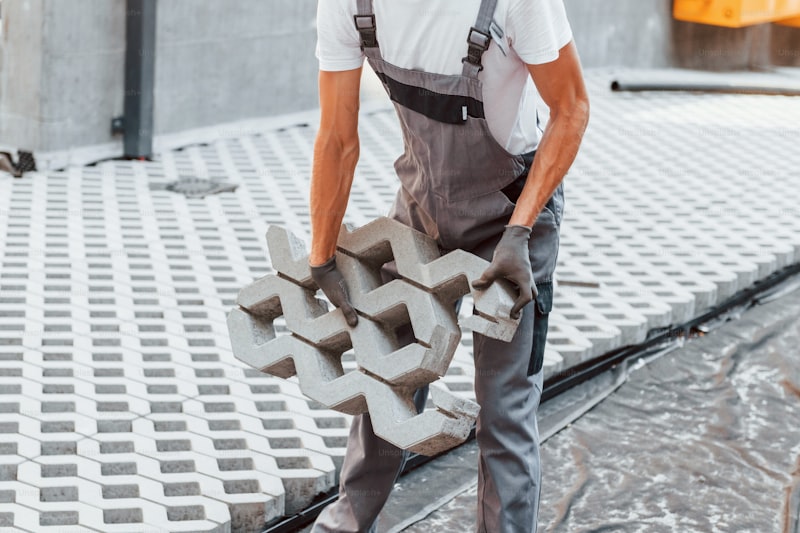Understanding Dress Construction: The Foundation of Fashion Design
Introduction to Dress Construction
Understanding dress construction is a crucial aspect of fashion design that combines creativity and technical skill. It refers to the methods and techniques used to create a dress, ensuring that the garment is not only visually appealing but also well-fitted and durable. In this article, we will delve deep into the elements of dress construction, its importance in fashion, and tips for aspiring designers to enhance their skills in this area.
What is Dress Construction?
Dress construction encompasses the entire process of designing, planning, and sewing a dress. This includes selecting materials, drafting patterns, cutting fabrics, and assembling all components to create the final product. It is the backbone of fashion design, bridging the gap between imagination and reality.
Key Components of Dress Construction
Understanding the following key components of dress construction is essential for anyone looking to excel in fashion design:
- Fabric Selection: Choosing the right fabric is the first step in dress construction. Different fabrics have distinct properties, which can affect the overall design and comfort of the garment.
- Pattern Making: Patterns serve as templates for cutting fabric. Understanding how to create and modify patterns is vital to achieving the desired fit and style.
- Cutting Techniques: Precise cutting is paramount in constructing a well-fitted dress. The way fabric is cut can influence the garment's shape and appearance.
- Sewing Methods: Mastering various sewing techniques such as stitching, hemming, and finishing edges is essential to construct a durable dress that withstands wear and tear.
- Fitting Adjustments: A dress must fit well to look good. Understanding how to make fitting adjustments based on body measurements is an integral part of dress construction.
Understanding Fabric Types
The choice of fabric can dictate the overall aesthetic and functionality of a dress. Here’s a brief overview of popular fabric types used in dress construction:
| Fabric Type | Characteristics |
| Cotton | Soft, breathable, and easy to maintain. |
| Satin | Smooth, luxurious, and glossy finish; often used for evening wear. |
| Silk | Natural fiber, lightweight with a beautiful drape; expensive and requires care. |
| Linen | Natural, breathable with a unique texture; often preferred for casual wear. |
| Polyester | Synthetic fabric, durable, and wrinkle-resistant; often blended with other fibers. |
The Dress Construction Process
To effectively construct a dress, one must follow a systematic approach. Below is a detailed process to guide aspiring fashion designers:
Step 1: Inspiration and Design
Your journey begins with inspiration. Sketch out your ideas, incorporating elements from fashion trends, personal style, and cultural influences. Use mood boards to visualize your design concept.
Step 2: Pattern Drafting
Once you have your design, draft a pattern based on your measurements. This can be done manually or with specialized software. Ensure accuracy, as this affects the fit of the final dress.
Step 3: Fabric Cutting
Lay out your fabric on a flat surface and pin your pattern pieces to the fabric. Use sharp scissors or a rotary cutter for precision in cutting. Be mindful of the fabric grain to avoid distortion.
Step 4: Assembling the Dress
Start by sewing together the major components, such as the bodice and skirt. Use appropriate stitching techniques for various sections—consider using a serger for raw edges to prevent fraying.
Step 5: Fitting and Adjustments
After assembling the main components, fit the dress on a dress form or model. Make necessary adjustments to achieve a tailored fit. This may involve letting out seams or taking in areas that don’t fit as intended.
Step 6: Final Touches
Add finishing touches like hems, zippers, or buttons. Don’t forget to press the dress to give it a polished look. This final step is crucial for creating a professional appearance.
Common Challenges in Dress Construction
Many budding designers encounter challenges during dress construction. Here are some common issues and solutions:
- Poor Fit: Ensure accurate measurements and adjustments during the fitting process to avoid poor fit.
- Fabric Choice Issues: Select fabrics that suit your design’s intent and functionality; conduct a test swatch before committing.
- Time Management: Establish a timeline for each phase of construction to keep your project on track.
Tools and Equipment for Dress Construction
Having the right tools can make a significant difference in your dress construction process:
- Sewing Machine: Invest in a reliable sewing machine that suits your skill level and project needs.
- Measurement Tools: Use tape measures, rulers, and fit models to ensure accurate sizing.
- Cutting Tools: Keep sharp scissors and rotary cutters handy for clean and accurate cuts.
- Pattern Paper: Use quality pattern paper for drafting and modifying patterns.

Conclusion and Recommendations
Understanding dress construction is fundamental for anyone aspiring to make a mark in the fashion design industry. It not only enhances creativity but also equips designers with the technical skills necessary for creating beautiful garments. As you embark on this journey, remember to practice regularly, seek feedback, and continuously educate yourself on new trends and techniques. In the world of fashion, knowledge is power, and mastering the art of dress construction will set you apart in this competitive field.
By engaging with this craft, you will not only create your unique style but also contribute to the rich tapestry of fashion heritage. Embrace each step of the process—innovation, creativity, and attention to detail are what will lead to success in understanding dress construction.